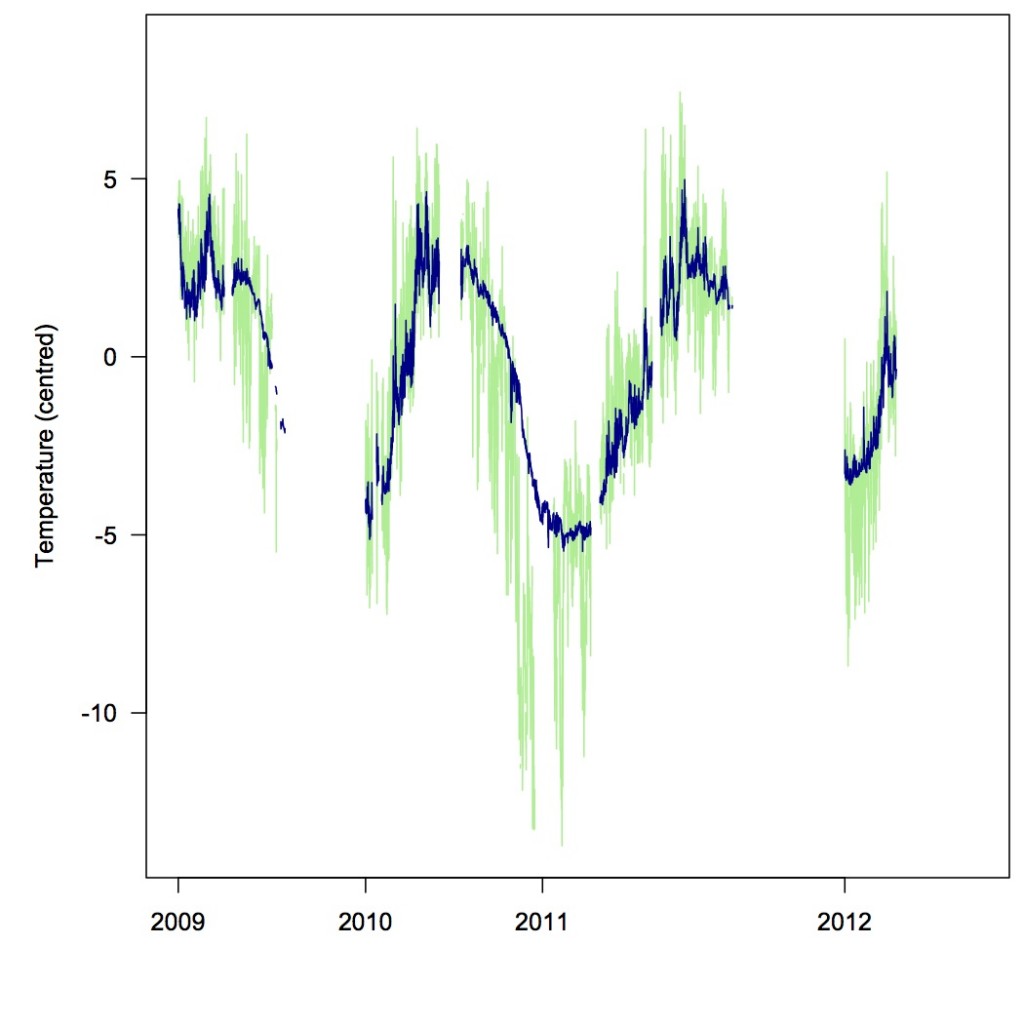In 1999, at the inaugural Student Conference on Conservation Science in Cambridge, I was feeling pretty pleased with myself. I’d just given my first conference talk - something to do with extinction risk and phylogeny in birds - and it seemed to have gone OK. I was meeting lots of interesting people, sharing the cosy impression that our research was on track to make some real difference to conservation efforts. Then Stuart Pimm stood up to give the plenary.
He showed a map of the world’s biodiversity in which Europe was essentially blank; pointing this out he called on us to focus all our efforts on those parts of the world where there actually was some diversity to conserve, and to stop fiddling around with inconsequential bits of so-called ‘conservation biology’ while biodiversity hotspots burned.
This was a bit of a shock, and something to which I have repeatedly returned over the years in an attempt to articulate why it angered me. Of course this demonstrates the success of Stuart’s approach - it has led me to question constantly my motivation for doing the research I enjoy, and not to kid myself that it matters more than it really does. To his credit, too, he has put his money where his mouth is in the form of savingspecies.org, an organisation specifically aimed at preventing extinctions using the most practical means available.
But the total dismissal of Europe as a place worthy of conservation attention still irks me, because it is in this continent that all of my formative experiences of the natural world occurred. I never left Britain until my teens, Europe until my twenties (not until five years after Pimm’s speech, in fact), and yet already by that time I’d developed a keen appreciation of the value of nature even in the impoverished, human-dominated countryside of my native land.
I was reminded of this old grievence recently on reading Michael Soulé’s Conservation Biology editorial, The “New Conservation” (available at michaelsoule.com), which I highly recommend. In this impassioned essay, Soulé lands some hefty blows on the so-called ‘New Conservation’ which, in his definition, “promotes economic development, poverty alleviation, and corporate partnerships as surrogates or substitutes for endangered species listings, protected areas, and other mainstream conservation tools,” its mission “primarily humanitarian, not nature (or biological diversity) protection”. He qestions whether it deserves to be called either new or conservation, and concludes that “conservationists and citizens alike ought to be alarmed by a scheme that replaces wild places and national parks with domesticated landscapes containing only nonthreatening, convenient plants and animals”.
I have a great deal of sympathy with these arguments, and firmly believe that our remaining wildernesses are a priceless universal heritage that must be cherished. And yet a couple of phrases took me back to Pimm’s talk, and to my uneasiness with a total focus on wilderness-based conservation. Soulé asks, “Is it ethical to convert the shrinking remnants of wild nature into farms and gardens beautified with non-native species, following the prescription of writer [Emma] Marris [in her book Rambunctious Garden]? … I doubt that children growing up in such a garden world will be attuned to nature…”
Well, I did grow up in such a world, and as a matter of fact I am pretty attuned to nature.
It’s a cultural thing. Unlike in the vast expanses of the New World, on this crowded island we have become accustomed to coexistence with nature (accepting we have not looked after it as well as we should have, as articulated by Tim Birkhead in another passionate piece you should read). Not only do many of our most valued landscapes, from hay meadows to heather moorland, depend on human intervention - leading us to question the idea of what 'natural' means, or when our baseline should be drawn - but we also know well that nature cares not for prettiness or authenticity. The National Park on my doorstep is beautiful, a source of inspiration to many but a long, long way from uninhabited wilderness, with its agriculture and settlements, abandoned mines and active quarries. The kingfishers I see on the canalised River Don, in the middle of Sheffield remain special despite emerging from banks of Himalayan balsam and Japanese knotweed.
Of course this is not an argument for neglecting wilderness where it does still occur. But rather to acknowledge that people can be profoundly inspired by the semi-natural, the domesticated, the biologically impoverished. Millions of us have been, including many who are now striving to reconcile the wellbeing of people with the continuing prosperity of the natural world, treading the path between old and new conservation that will enable happy and healthy future generations to enjoy and be inspired by nature too.


